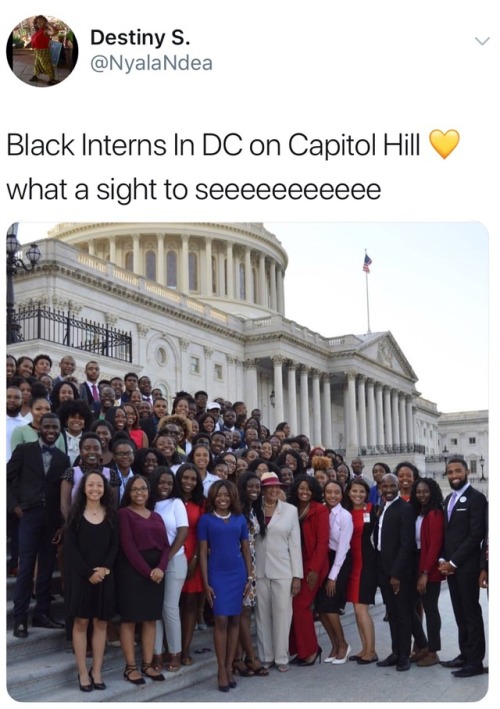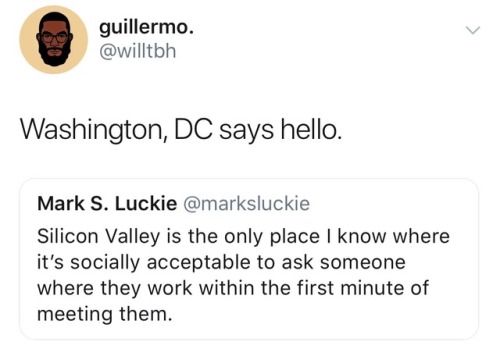#washington post
Here’s an illustration I did for today’s Washington Post Express for an article about 1st floor apartments. Reminds me of my old place in Providence! Many thanks to AD Jon Benedict!
Post link
BLACK KILLINGS BY POLICE: Maps of relative rates of Black fatalities
Based on a large dataset of police killings (including cases from 2015 through Sept. 24, 2020), these maps show the percentage of killings by police in which the fatalities were black, normalized by the percentage of the total population that is Black. The total fatality count in that time period, of all races, is about 5,600 people. So values greater than 1 represent disproportionate risk to Black people. Data courtesy of Washington Post reporters, who share their data on GitHub. Maps by Professor Cunningham of the Vassar College GIS Lab.
Note the patterns: states with high rates of black killings by police, not surprisingly, largely coincide with those known for BLM activism and protests. There are some possible surprises for the highest rates by states: Utah (13), Iowa (7.6), Oregon (5.1), West Virginia (4.4), Wisconsin (4.3), Illinois (4.2), Idaho (4.2), and Washington (4.2). Note that much of the South and Midwest has relatively low rates. The data per county do not correspond with a strict rural-urban breakdown, but is quite irregular. It probably reflects local police-black community relations, which apparently vary widely.
Data source: Washington Post, Police Shootings data. Research and reporting by Julie Tate, Jennifer Jenkins and Steven Rich. Database development: John Muyskens
https://github.com/washingtonpost/data-police-shootings
Post link

Another photo from my shoot fit The Washington Post @washingtonpostmag by @iancredible
I’m with a leusistic Raven I had been working on. Leucism is a genetic partial loss of most pigment, and does not result in the red eyes you see in albinism.
‘White Ravens’ such as this are extremely rare. I’ll share more about her once I get solo photos taken of her. In the meantime, please enjoy my ‘blue steel’ face.
Coincidences: In the last couple of months I’ve been commissioned twice by the same magazine, The Washington Post, to make an opening Illustration and a spot one for two different issues/sections of the newspaper. AD were different and I’ve my reason to believe (too long and boring to explain it here) each one of the two art director doesn’t know I’ve worked with the other.
Funny thing is theme were pretty much the same, even if treated from a different point of view each time. First Date was basically the main theme here.
An extra has been a series of three mini line-drawing illustrations depicting the suggested path form the perfect 1st to the 3rd date.
Bonus track to this post: one of the sketches that didn’t make the cut. I’d would have liked to see it finalized despite the chosen cover thrilled me as well. I’m sure I’ll bring this to the final stage for my own pleasure as soon as I’ve a bit of free time and no deadlines.

Post link

Well we know one is in the White house. To read more, clickhere.

To read more about it, click here.
These are the Wizards’ new city edition uniforms that they will wear 12 times this season! What do you think?
Post link
AFTER YEARS OF CROUCHING, ARTS ED IS RAISING ITS HAND AGAIN
“Today, more and more policymakers think it is the arts, after all, that can motivate kids, engage them and help them develop 21st-century skills such as teamwork and innovative thinking — in sum, be the key to their salvation.”
Read: After years of crouching, arts ed is raising its hand again
Post link
President Obama’s announcement that the United States has deployed 80 troops to Chad came as a surprise to many. But the United States already has boots on the ground in a surprising number of African countries.
This map shows what sub-Saharan nations currently have a U.S. military presence engaged in actual military operations.

It should be noted that in most of these countries, there is a pretty small number of troops. But it is a clear sign of the U.S. Africa Command’s increasingly broad position on the continent in what could be described as a growing shadow war against al-Qaeda affiliates and other militant groups. It also shows an increasingly blurred line between U.S. military operations and the CIA in Africa.
More details of the troops deployed are below.
Burkina Faso
The United States has a base in Ouagadougou, Burkina Faso, since 2007. The base acts as a hub of a U.S spying network in the region, with spy planes departing form the base to fly over Mali, Mauritania and the Sahara, where they search for fighters from al-Qaeda in the Islamic Maghreb.
DRC
The United States has troops in Congo assisting the nation in the search for Joseph Kony’s Lord’s Resistance Army.
Central African Republic
In April 2013, the United States had around 40 troops in Central African Republic assisting the search for the LRA.
Chad
On Wednesday, Washington announced that it would be sending 80 troops to Chad to help with the search for Nigerian schoolgirls kidnapped by militant Islamist group Boko Haram.
Djibouti
The U.S. military has a major base in Djibouti, Camp Lemonnier. There are around 4,000 troops there, including lots of aircraft and drones.
Ethiopia
The United States has had a military drone base at Arba Minch since 2011. The base is used to fly Reaper drones over East Africa.
Kenya
Camp Simba, near the border with Somalia, had around 60 military personnel stationed as of November 2013.
Mali
In April 2013, 10 U.S. troops were deployed to war-torn Mali to provide “liaison support” to French and African troops. The Pentagon insisted they would not be engaging in combat.
Niger
The U.S. Air Force set up a drone base in Niamey, Niger, in 2013. The White House says it has around 100 military personnel in the country on an “intelligence collection” mission.
Nigeria
At the beginning of May, a small team of U.S. troops and civilian advisers was deployed to Nigeria to join the search for the abducted schoolgirls. According to the Associated Press, these troops joined around 70 military personnel in Nigeria, with 50 regularly assigned to the U.S. Embassy, and 20 Marines there for training.
Somalia
In early 2014, the United States deployed fewer than two dozen regular troops to Somalia for training and advising purposes.
South Sudan
In December 2013, the United States deployed 45 military personnel to South Sudan to protect U.S. citizens and property in the country.
Uganda
The United States has a base in Entebbe that it uses to fly PC-12 surveillance aircraft in search of Kony’s LRA. The total number of U.S. troops in Uganda is said to be around 300, and they are officially in the country to “provide information, advice and assistance” to an African Union force searching for Kony.
By Adam Taylor for the Washington Post
(viaThese maps show the most popular running routes in 20 major cities - The Washington Post)
I find these so beautiful. Wish there were ones for the big cities I personally know - Vienna and Cologne.
Post link
books-and-left-behind-journals:
Gov. Greg Abbott signs ‘fetal heartbeat’ bill banning most abortions in Texas
✨Dear Greg Abbott, you are a misogynistic jerk.✨
Gov. Greg Abbott signs ‘fetal heartbeat’ bill banning most abortions in Texas
✨Dear Greg Abbott, you are a misogynistic jerk.✨































